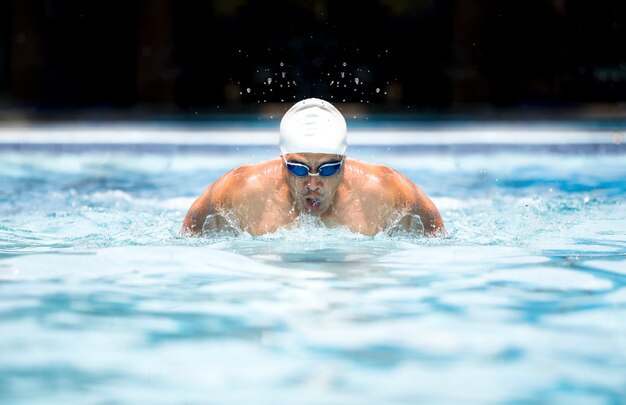Lifeguarding is a profession that requires great physical and mental capabilities. Being a lifeguard is not just about knowing how to swim; it is about having the skills to rescue someone in distress in the water. Lifeguard training is essential to ensure that individuals have the necessary skills and knowledge to be a competent lifeguard.
In this article, we will discuss lifeguard training, lifeguard classes, and lifeguard certification, as well as strength training exercises that can improve swimming skills.
Lifeguard training
Lifeguard training California is the process of learning the necessary skills and knowledge to become a professional lifeguard. Lifeguard classes cover a range of topics, including rescue techniques, CPR and First Aid, and water safety. The American Lifeguard Association (ALA) is one of the organizations that offer lifeguard training programs.
Lifeguard classes can be taken in a variety of settings, including community centers, universities, and private companies. The length of the course varies, but it typically lasts between 20 and 30 hours. Some courses may be completed in a single weekend, while others may be spread out over several weeks.
Lifeguard training courses are designed to provide individuals with the knowledge and skills necessary to respond to emergency situations. In addition to learning rescue techniques, students will also learn how to recognize potential hazards and prevent accidents from occurring.
Lifeguard certification
Lifeguard certification is the process of receiving a certification that indicates an individual has completed the necessary training to become a lifeguard. The certification process typically involves a written exam and a practical exam that tests an individual’s ability to respond to emergency situations.
Lifeguard certification is typically valid for two years, after which individuals must complete a recertification course to maintain their certification. Recertification courses are typically shorter than the initial training course.
The Importance of Strength Training for Lifeguards
Being a lifeguard requires a great deal of physical strength and endurance. In addition to being able to swim for extended periods, lifeguards must be able to pull people out of the water and perform CPR if necessary. Strength training exercises can help lifeguards improve their swimming skills and overall physical fitness.
Strength Training Exercises for Lifeguards
- Squats
Squats are an excellent strength training exercise for lifeguards as they work the muscles in the legs and lower back, which are important for swimming and performing rescues. To perform a squat, stand with your feet shoulder-width apart, lower your body until your thighs are parallel to the ground, and then push back up to the starting position.
- Push-Ups
Push-ups are an essential exercise for lifeguard training, as they help to develop upper body strength and endurance, which are crucial for performing water rescues and other physical tasks required in the job.
By engaging the chest, shoulders, triceps, and core muscles, push-ups help to build a strong foundation of physical fitness, which is essential for lifeguards to be able to respond quickly and effectively in emergency situations.
Practicing push-ups regularly can also help to improve overall fitness levels and reduce the risk of injury, making it an important part of any lifeguard training program.
- Pull-Ups
Pull-ups are another great exercise for developing upper body strength, which is important for rescuing individuals from water. To perform a pull-up, grab a pull-up bar with your palms facing away from you and your hands shoulder-width apart.
- Deadlifts
The muscles in your legs and lower back are essential for swimming and performing rescues, and deadlifts are an exercise that targets them. Start by standing with your feet shoulder-width apart and gripping a barbell with your hands slightly wider than shoulder-width apart.
- Dumbbell Rows
Dumbbell rows target the muscles in your upper back, which are essential for swimming and performing rescues. Stand with your feet shoulder-width apart and hold a dumbbell in one hand. Lower the dumbbell back down and repeat the exercise on the other side.
- Lat Pulldowns
Lat pulldowns are an exercise that works the muscles in the upper back and arms, which are important for swimming and performing rescues. To perform a lat pulldown, sit at a lat pulldown machine and grip the bar with your hands slightly wider than shoulder-width apart. Pull the bar down to your chest, keeping your back straight, and then release the bar back up to the starting position.
Lifeguard certification is essential for individuals who want to become professional lifeguards. These courses provide individuals with the necessary skills and knowledge to respond to emergency situations and prevent accidents from occurring.
Additionally, strength training exercises can help lifeguards improve their swimming skills and overall physical fitness, which is crucial for performing rescues and providing life-saving services. The American Lifeguard Association is a reputable organization that provides high-quality lifeguard training near me and certification programs.




